Create a Bonfire Night Pendant
For Bonfire Night this year I am channelling the late, great Roy Lichtenstein and his wonderfully expressive, Pop Art explosions. His iconic comic book style is the perfect way to capture the atmosphere of November 5th and great fun to reproduce in a kitsch jewellery style.
Tools and materials needed to make this Bonfire Night Pendant
You will need:
Assorted Fimo Polymer Clay (Red, Yellow, Black and White)
Baking parchment and tray
Large Jump Rings (using 0.8mm silver wire)
Step 1
Choose your base colour for the star burst, either red, yellow or blue. Start with a ball of clay, which you can then flatten slightly. Gently start to pinch the edge into irregular points, gradually teasing the clay until you can the desired shape. When you are happy with it, gently roll it flat onto a piece of baking parchment. Use the moulding tools to perfect the shape as required.
Step 2
Repeat the process with a smaller piece of clay in a different colour and position it on top of the first. Now wash your hands to avoid any colour transfer.
Step 3
Next mould a piece of white clay into a small cloud shape making sure to place it on a clean surface. Add an additional small triangle of white clay to create the ‘blast’ effect. Wash your hands again and roll out a piece of black clay into a very thin sausage shape. Add it to the edge of your white cloud shape to give it some definition.
Step 4
Using more black clay, roll out another long sausage shape to start the lettering. There are many words which could be used; Bang, pop, whizz but I chose to go with boom! Make the basic outline of each letter, flatten and then shape and cut the edges using the moulding tools.
Step 5
Now start to bring the design together, positioning all the pieces and paying particular attention to the lettering. Remember that the colours will still transfer at this stage until the clay is baked, so don’t press anything (particularly the black letters) down too firmly or unsightly marks will be left.
Step 6
Once you are happy, make some pilot holes for the jump rings. (These will be enlarged once the clay is baked). Depending on the shape of your piece, it might be that one may be enough at the top for threading onto a pendant chain or cord. Due to the positioning of the spikes, my design required two to ensure it would hang straight.
Step 7
Pick up the baking parchment and transfer the whole thing onto a baking tray. Bake in a low oven for no more than 30mins following the manufacturers instructions. (I always use the lowest possible temperature).
Step 8
Once baked and cooled, gently widen the holes using a drill bit or a needle file, until they can accommodate your jump rings. I made oversized jump rings (approx. 10mm) using a length of 0.8mm silver wire. Simply wrap the wire tightly round a metal former of the correct diameter (I used a doming punch), and saw through with a piercing saw.
Step 9
Varnish using Fimo Gloss.
Step 10
Carefully add the jump rings.
Step 11
Cut the leather cord to choker length or slightly longer if you prefer and add the end caps. Add a 5mm jump ring to either end along with your chosen clasp.
Step 12
Thread on the finished pendant and boom…you are done! (Sorry couldn’t resist)
Written by Joanna Varney
Joanna has worked in and around the jewellery industry for well over 20 years. She has designed and created her own pieces as a designer maker, as well as working in jewellery retail on a much larger scale, producing designs and NPD for some of the UK’s largest high street retailers
The post Create a Bonfire Night Pendant appeared first on The Bench.
source https://www.cooksongold.com/blog/jewellery-making-projects/create-a-bonfire-night-pendant
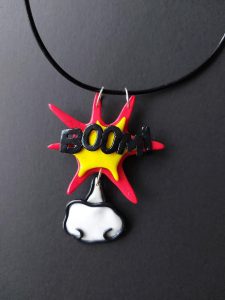
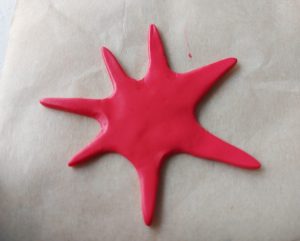
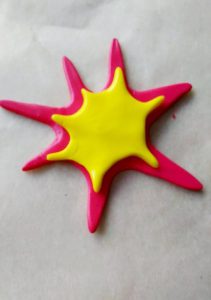
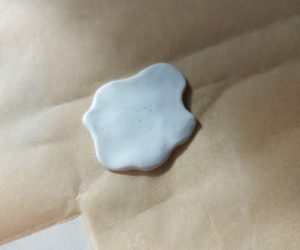
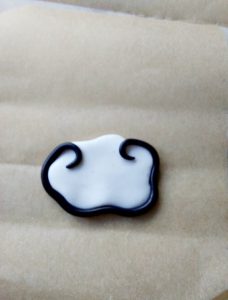
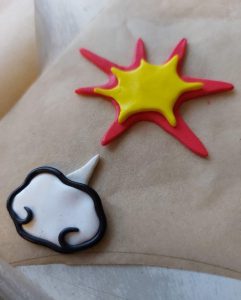
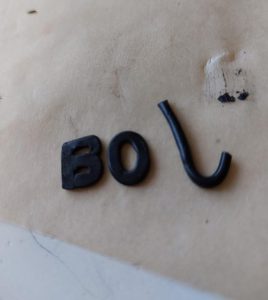
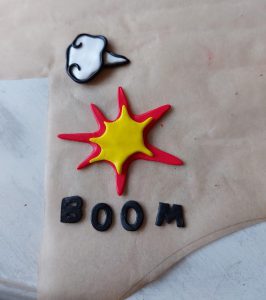
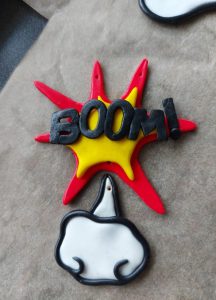
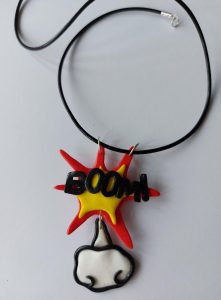
Comments
Post a Comment